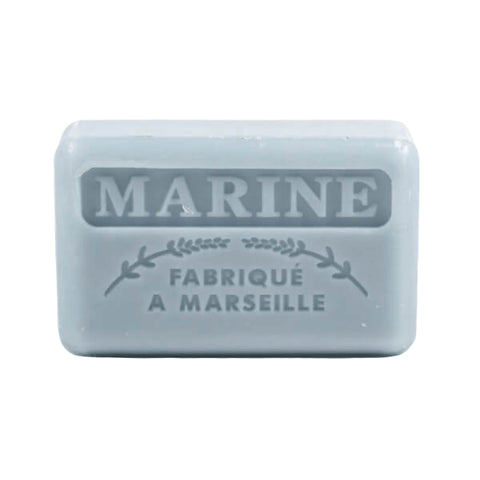Scientists Capture First Ever Live Footage of the Painted Swellshark
For the first time in history, scientists have captured live footage of the painted swellshark (*Cephaloscyllium pictum*) in its natural deep-sea environment. This breakthrough discovery, made off the coast of Timor-Leste in Southeast Asia, marks a significant milestone for marine research.
Previously, this rare species had only been documented through specimens found in fish markets, and this footage provides a first look at the creature alive in its habitat.

Scientists have captured the first-ever live footage of the painted swellshark.
A Deep-Sea Encounter
In November 2024, a team of researchers from Rhodes University and the National Geographic Society deployed deep-sea cameras to survey the waters near Dili, Timor-Leste. The team used lightweight, cost-effective technology to lower cameras to depths ranging from 536 to 570 meters, IFLScience reports.
To their surprise, the cameras managed to capture footage of the elusive painted swellshark swimming along steep, rocky slopes, a habitat it is believed to favor. This footage expands our understanding of the shark’s natural environment, which was previously unknown.
The footage was filmed off the coast of Timor-Leste in November 2024.
Revealing the Painted Swellshark
The painted swellshark belongs to the genus *Cephaloscyllium*, known for its distinctive patchy coloration. This species is characterized by its blotchy brown and white pattern and unique defense mechanisms. When threatened, the painted swellshark can gulp water to double its apparent size, making it more challenging for predators to consume. It can also bend its body into a "U" shape, grasping its tail with its mouth, further deterring potential attackers. These fascinating survival traits make the painted swellshark a captivating subject for study.
In addition, the shark exhibits biofluorescence, emitting a glow under certain light conditions. As noted in a study published in Oryx, this biofluorescence may play a role in camouflage, communication, or prey attraction, and provides another intriguing aspect of this deep-sea creature's behavior. With these characteristics, the species is specialized for life in the deep ocean.

This deep-sea shark had only been recorded in fish markets before.
Expanding the Known Range of the Species
Before this discovery, the painted swellshark had only been recorded in Indonesian fish markets, with no prior sightings in the wild. The footage captured off Timor-Leste not only extends the known range of this species by more than 1,100 kilometers but also opens up new opportunities for scientific inquiry. This finding demonstrates that the species may not be as elusive as previously thought.
The species’ range extension is a significant revelation, underscoring how much remains to be learned about the marine biodiversity of Southeast Asia. As The Cool Down reports, scientists are now eager to explore the implications of this discovery for marine conservation and to better understand the species' behavior in its natural environment.
Technological Advances in Marine Research
The breakthrough discovery was made possible by the use of low-cost deep-sea cameras developed by the National Geographic Society Exploration Technology Lab. This affordable technology has enabled scientists to explore deep-sea environments in ways that were once restricted to large, expensive research expeditions. Petapixel reports that the use of such technology marks a significant step forward in marine research, providing scientists with new, cost-effective tools to study the deep ocean.
These cameras offer high-resolution video capabilities and are designed to be deployed easily, helping researchers gain insights into the habitats of elusive species like the painted swellshark. The success of this project is a testament to how affordable and accessible deep-sea exploration has become, allowing for groundbreaking discoveries even in regions with limited resources.
The Path Forward
The painted swellshark discovery is a call to action for further research into deep-sea species and their conservation. Bycatch remains a serious threat to this species, as the shark is often caught unintentionally by commercial fisheries targeting other species. Understanding the shark’s natural habitat and behavior is crucial to developing effective conservation strategies.
The research team plans to continue exploring the deep-sea environments off Timor-Leste, with hopes of documenting more individuals and learning more about the shark’s feeding patterns, reproductive behaviors, and interaction with its ecosystem, they wrote in their study. They have already expanded its knowledge of the shark's range and hopes to uncover more insights into its elusive behavior.
The painted swellshark, once considered a deep-sea mystery, is now part of the growing body of knowledge about our ocean’s most elusive species. Thanks to modern exploration technologies and international collaboration, marine scientists are beginning to uncover the secrets of this remarkable creature. The discovery not only enriches our understanding of marine biodiversity but also highlights the importance of continued exploration and conservation efforts in our oceans.









































































































































































































































































































































































